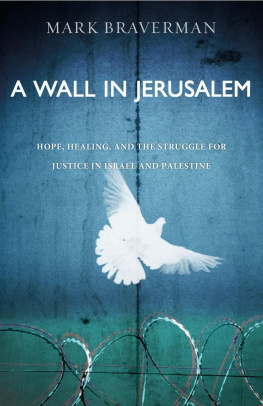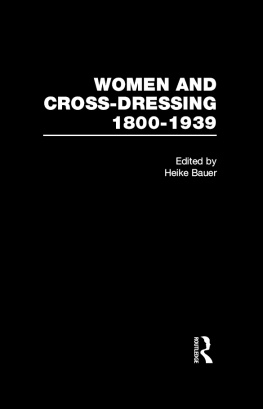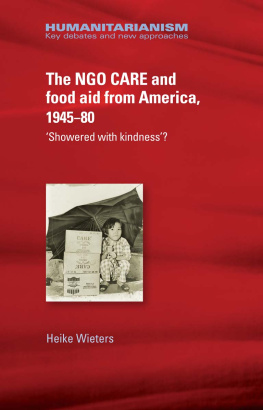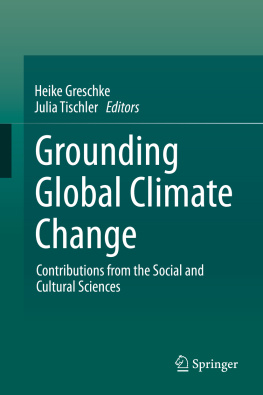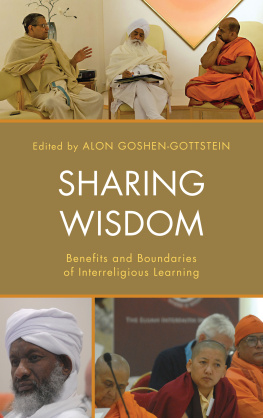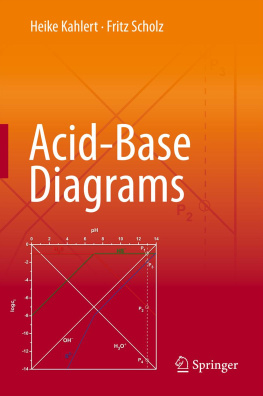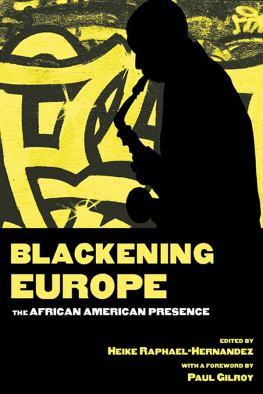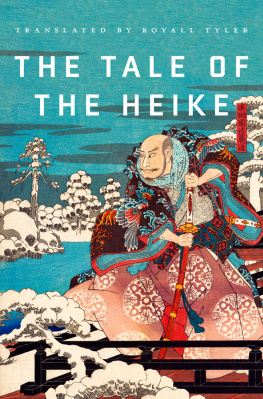FOREWORD
Many old maps show Jerusalem as the center of the world. I am aware of this since I am very fond of old works of cartography. It is no secret either that I am even fonder of Jerusalem itself. The idea of a city as the focal point of the earth is not newit also occurred to the Chinese, possibly considerably earlier.
A depiction like this presents, of course, a geographical error, but Jerusalem is doubtlessly at the center of world-wide interest. It has always been on the wayor in the wayalong strategically important trade and military roads which connected Asia with Africa and Europe. In addition to its deep spiritual and national significance for the Jewish people, the city also holds a central religious importance for the other two great monotheistic religions: Christendom and Islam. Jerusalem is the most heterogeneous city in the world. It is made up of Jews from more than 100 different cultural and ethnic backgrounds, Christians of some 40 different denominations and Moslems from all over the Arab world. It is a difficult city but I hope that in a few generations, it will have become a reasonable, united city.
In terms of cultural history, the millennia documented for JerusalemI assumecan be divided into numerous eras. Yet some one-hundred-andfifty years ago, the city's fate took an especially relevant turn: Jerusalem opened its gates towards the west, the Jews started returning in everincreasing numbers, and a process of urbanization set on whose influences can be felt till today.
Since Jerusalem is a never-ending story, people have written about it again and again. Yet I am especially pleased with this book by Heike Zaun-Goshen, as it affords quite a few original and intriguing insights into the emergence of today's contemporary city, a city whose cultural heritage coins people's life here just as much as modern society does.
Jerusalem, 2005, Teddy Kollek
Chapter I
INTRODUCTION
Nehemia surveyed the ruined city after his return from the Babylonian exile, as recounted in his chronicle. Jerusalem lay in waste, consumed with fire, a ghost city. It was large and great: but the people were few therein, and the houses were not builded. Nehemia draws a lively picture of the city he saw
Only a little more than a century ago, Jerusalem became habitable once again. Although the city had been lived in continuously since its foundation thousands of years ago, it had been fought over, besieged and conquered so many times in the course of a troubled history, had been destroyed and laboriously rebuilt so often, that living conditions, at times, were almost unbearable. This is what Amos Elon, the well-known Israeli writer, recalls when he cites the words of the prophet Nehemia above.
Israel's capital, the Middle East's controversial urban center, is not only a historical and spiritual site, a city claimed by the world's three great monotheistic religions. Modern Jerusalem is residence for three quarters of a million people, who make a living here and go about their everyday business. With its unique mixture of history and modernity, the city we know today can actually only be understood against the background of the comprehensive and rapid changes that took place here during the second half of the nineteenth century. In the course of these changes, Jerusalem struggled to develop from a sleepy, provincial one-horse town somewhere in the Turkish Empire into today's complex modern city.
* * *
By the middle of said century, after more than three hundred years of Turkish rule, Jerusalem had lost its political importance. The city must have been quite depressing. It was a sparsely inhabited, rather neglected town distinguished only by its great historical past and religious significance.
Trades and crafts, economy and transport were extremely limited. Developments and modernization processes, which took place in cities all over the Western world, seemed to have passed Jerusalem by. Among the cramped, dilapidated dwellings there were fields of rubble, which the townspeople used for the cultivation of vegetables, primarily for their own immediate supply. Sanitary conditions were unspeakable, and there was no orderly water supply. The streets are roughly and badly paved with stone, and are intolerably crooked describes Mark Twain the lamentable state of affairs after his visit in 1867. Rags, wretchedness, poverty, and dirt Jerusalem is mournful and dreary, and lifeless. I would not desire to live here.
For hundreds of years, the old city walls had defined Jerusalem's size and shape. Upon nightfall, their gates were locked shut, to be opened again only after sunrise the next morning. Those unable to arrive on time had to remain outsidewhich was hardly a pleasant prospect.
The surrounding, barren hills and valleys were terrorized by gangs of thieves roaming the countryside, and the Turkish authorities seemed to have neither the means nor the will to enforce law and order beyond the walls. Outside the Old City, the land was mostly unsettled. Only a few scattered Arab villages dotted the hills of the Judean semi-desert. Here and there stood the isolated summer residences of wealthy Arab families and a few other monuments, which long since then have been engulfed by the New City.
* * *
In the second half of the nineteenth century, though, a series of significant changes set in, and in the following decades, Jerusalem set out to become the city that it still mostly is. The two striking characteristics about Jerusalem's leap into modern times were its population explosionboth from within and through immigrationand its dynamic expansion beyond the Old City's walls.
In the course of their imperialistic ambitions, the European powers had been trying to gain influence in the weakening Turkish Empire. With Ottoman reformsthe so-called tanzimatthe Turkish Empire's politics of isolation towards the outside world came to an end. Now, foreigners were admitted on a large scale. Their consuls took up residence in Jerusalem, with missionaries and church representatives from abroad settling here in growing numbers.
Jerusalem gained new importance as the district's administrative capital. The status of its minorities improved; they were granted more and more rights. Within a short time, the foreign consuls wielded considerable influence and extended their protection to the various groups in the city. France looked after the interests of the Catholic Church, Russia represented the Greek Orthodox, and the Protestant countries of Britain and Prussia (later Germany), which had no established clientele yet, not only took the new Anglican and Evangelical groups under their wings, but also a large number of the Arab population. Of course, they also ogled the growing Jewish population. As Christian and European presence increased, so did the number of Jews. Jewish families from other towns in Palestine as well as from Europe, North Africa and even remote Yemen began arriving. Each group founded their own community within the Jewish sector, adding to Jerusalem's growing ethnic variety. Soon, the Jewish population became the largest. By 1870, the number of Jews in Jerusalem had reached 11,000, as compared to 6,000 Moslems and 5,000 Christians. The influx of people changed Jerusalem's face forever.





